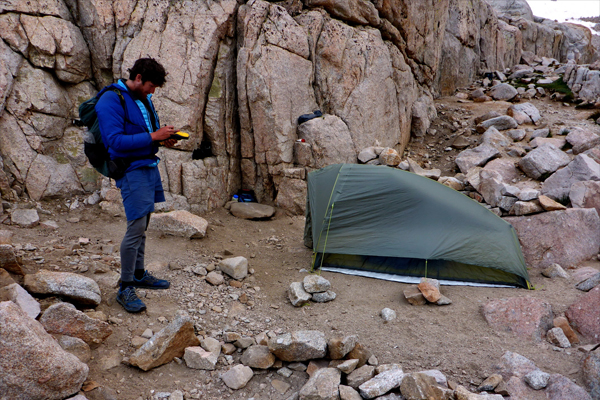Camping near water bodies in wilderness: sustainable camping management strategies

Wilderness areas are designated as a place where the imprint of man's work is substantially unnoticeable. Yet as Wilderness and other protected areas see an increasing number of recreationists, managing those impacts becomes increasingly complex. Impacts from what is commonly considered “low-impact” activities such as camping have substantial effects on soil degradation, experiential and social qualities, and natural resources. Camping near water bodies is a particular area of focus as campsites near water are the most popular, yet threaten natural resources and visitor solitude. Research has shown that allowing campers to create their own campsites leads to large numbers of unnecessary campsites close to water bodies, campsite proliferation and natural resource destruction, creating issues for land managers. These two papers explore the sustainability of unconfined, dispersed, and contained camping. Solutions to camp proliferation, resulting degradation, and diminished visitor experience are presented.